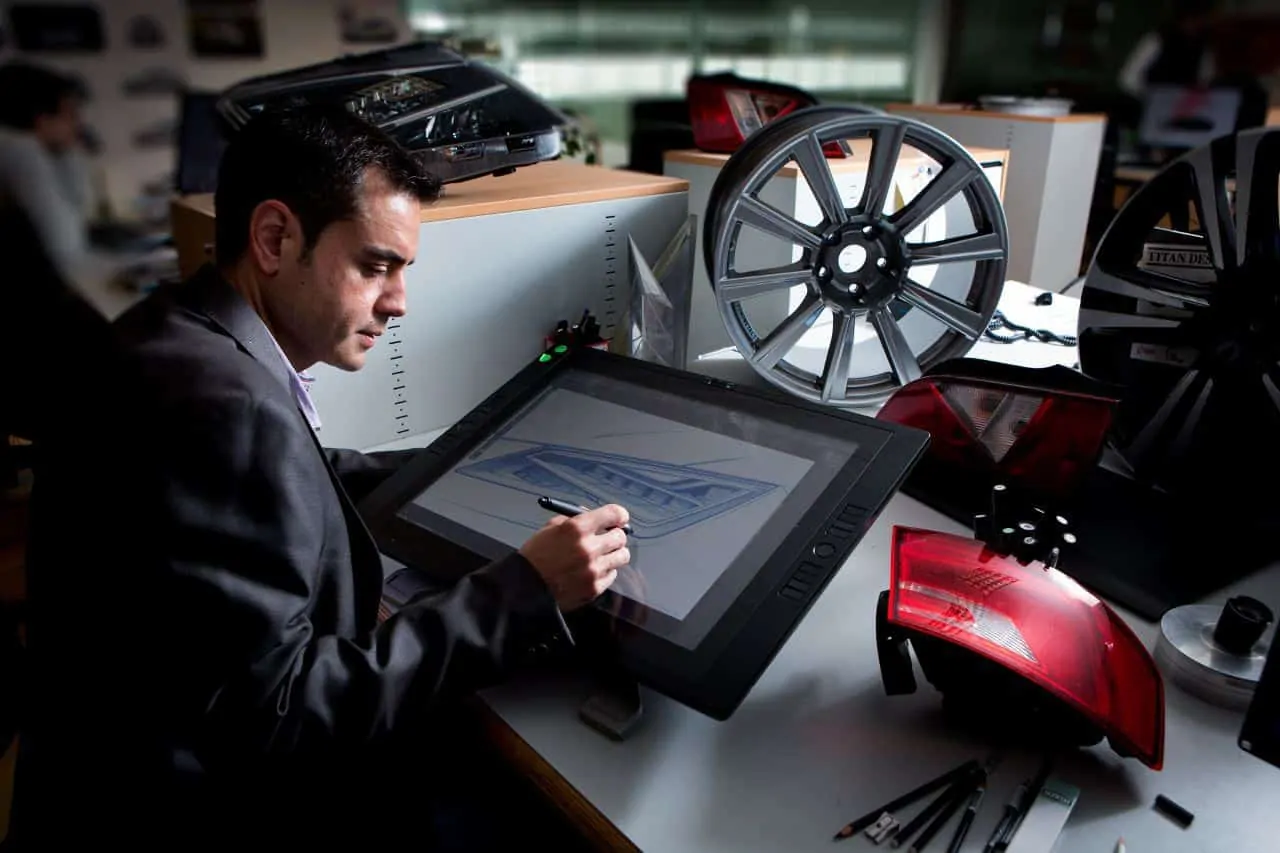SEAT’s Technical Center (CTS) in Mantorell, Spain, was conceived with the aim of ensuring the company’s progress, creating its own unique identity and style and constantly incorporating the most advanced technology into their models. Opened in 1975, the Technical Center is now celebrating its 40th anniversary.
Technical Center History

The CTS started working in 1975 in a 130,000 m2 area with a workforce of 211 employees. Today the CTS is located in a 200,000 m2 area and has more than 900 engineers and technicians, and will reach around 1,000 by the end of this year.
The facility is responsible for creating the company’s most iconic vehicles such as the Leon, Ibiza, Toledo, Alhambra, Malaga, Marbella, Cordoba, Altea and Arosa, among others. Thanks to the CTS, all of these models follow a common development process that gives them specific character and forms, all characteristic of SEAT.
The CTS has also developed concept cars, which have either a futuristic style or incorporate innovations compared to previous models. These vehicles form part of the unique history and heritage of the automobile in Spain: from the first Ibiza Cabrio (1986), and the following Proto TL and Proto C models (1990) to the 20V20 (2015), passing through models such asthe Marbella Playa (1991), Concept T (1992), Concept T Cabrio (1993), Cordoba Cabrio (1996), Bolero (1998), Formula (1999), Salsa (2000), Salsa Emocion (2000), Tango (2001), Cupra GT (2003), Leon Prototipo (2005), Ibiza Vaillante (2006), Altea Freetrack (2007), Tribu (2007), Bocanegra (2008), IBZ (2009), IBE (2010), IBX (2011), IBL (2011), Toledo Concept (2012) and Ibiza Cupster (2014).
Thanks to its Technical Center, SEAT is the only company in Spain’s automotive sector that designs, develops, manufactures and markets its own cars, as well as participating in some other Volkswagen Group projects.







